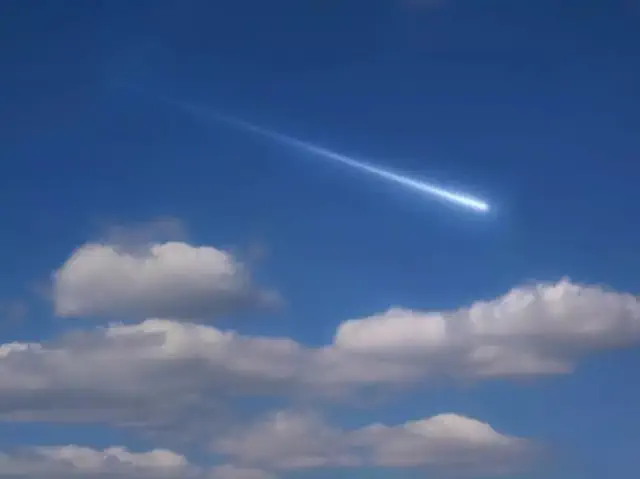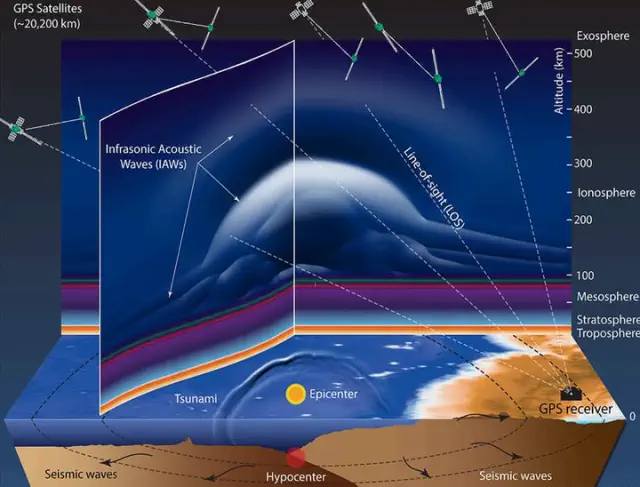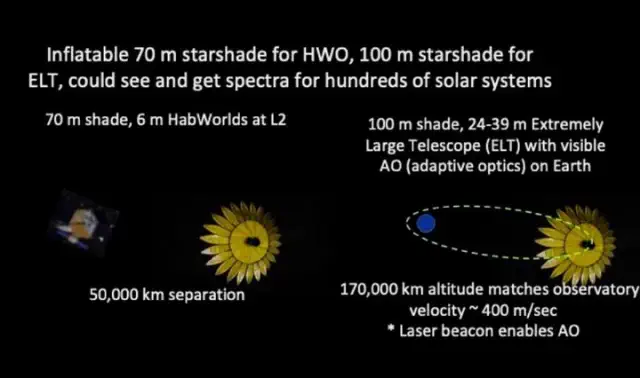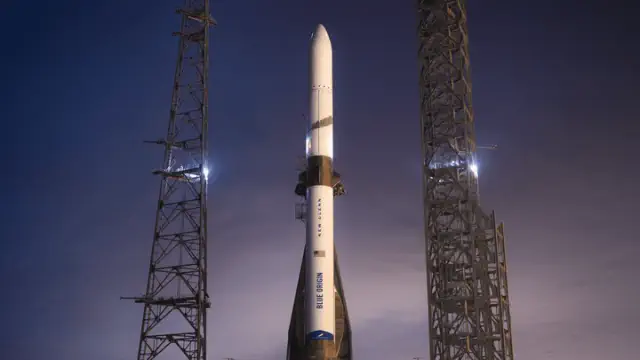If it's not to your liking, you can always choose to wait an additional 160,000 years.

View pictures in App save up to 80% data.
The universe is brimming with intriguing celestial objects and various marvels, and you could have the chance to witness one in just a few days.
If, for some reason, you don’t know the names of every rock moving through the infinite vacuum of space, then you might have missed the upcoming news.
Comet G3 ATLAS (C/2024) is on its way, and you could have the chance to see it! Don’t worry if the name doesn’t sound familiar; it was just discovered not long ago.
It was discovered in early April 2024 and was the third comet found that month and identified by the facility Asteroid Terrestrial-impact Last Alert System (ATLAS), according to PEOPLE.
As for where it came from, Space.com reports that it's believed to have originated from Oort Cloud, which is comprised of millions of tiny icy objects estimated to be 10 trillion miles from the Sun.
Nevertheless, astronomers suggest that spotting it in the night sky could be more challenging than one might think.
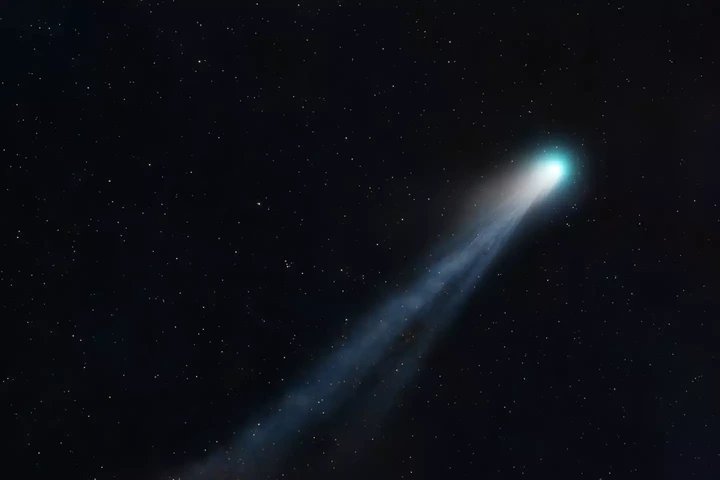
View pictures in App save up to 80% data.
On January 13, the comet is anticipated to reach its perihelion, signifying that it will be at its nearest position to the Sun.
At this time, the comet will come within approximately 8.3 million miles of the Sun. The same day, it's also predicted to reach its closest point to Earth.
This time around, many more people can catch a glimpse of it in the clear sky using rather basic technology, binoculars or a telescope - and if visible, it'll look like a bright star with a white or golden color, Space.com says.
Although both the Northern and Southern hemispheres will have opportunities to see it, those in the Southern hemisphere will find it easier to catch a glimpse.
According to the Sky and Telescope Organization, skywatchers in the Northern Hemisphere might have the ability to spot the comet 'extremely low in the southwestern sky' from about January 15 to 18.
The Planetary Society reports that while some experts anticipate the comet may disintegrate as it approaches the Sun, recent studies suggest that Comet G3 has experienced similar encounters before.
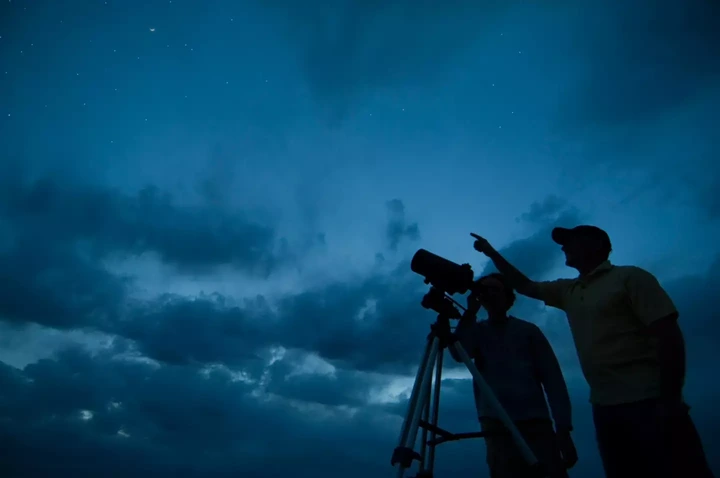
View pictures in App save up to 80% data.
Data indicates that it is estimated to follow an orbit of roughly 160,000 years, suggesting it has undertaken an extraordinary journey.
This challenging orbit suggests that the comet has probably endured at least one close encounter with the Sun in the past.
While it's tough to predict a comet's visibility, Forbes reports that the comet is said to be shining at -4.5 magnitude, which is brighter than Venus.
Although some may view this as a negative indication, comet observer John Bortle shared with Space.com that there have been reports of 'unusual' characteristics, including a 'shadow of the nucleus', which typically does not indicate any disruption.
Bortle remarked, "I believe the odds of it surviving are roughly equal, around 50:50."
It's definitely worth a try.


